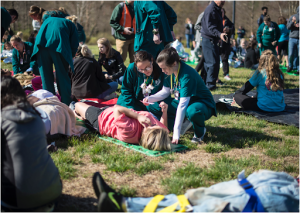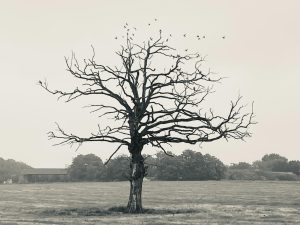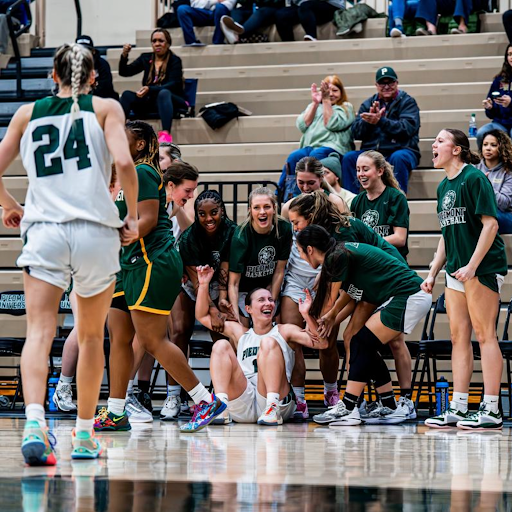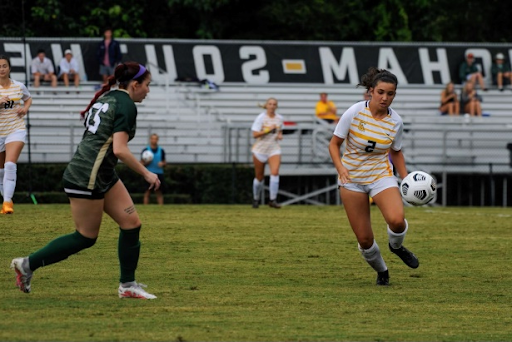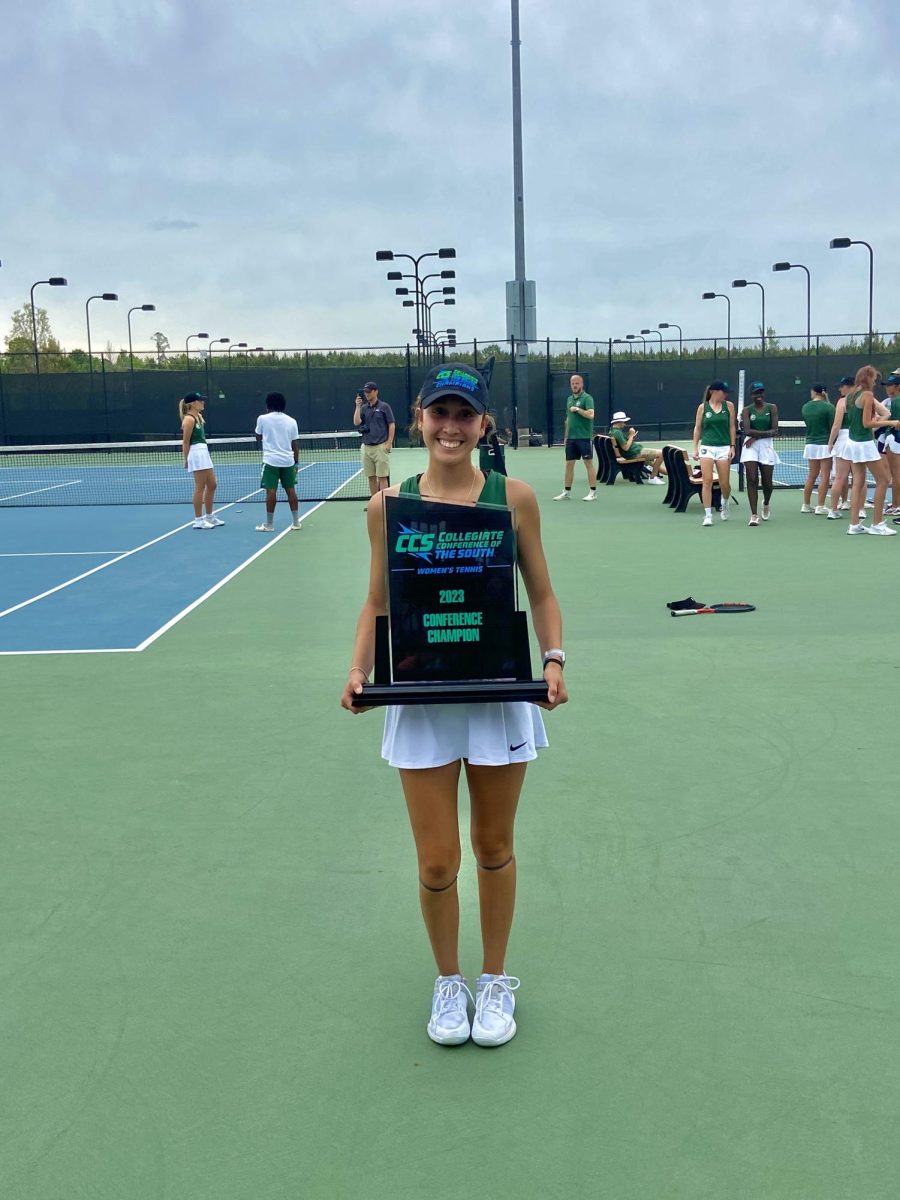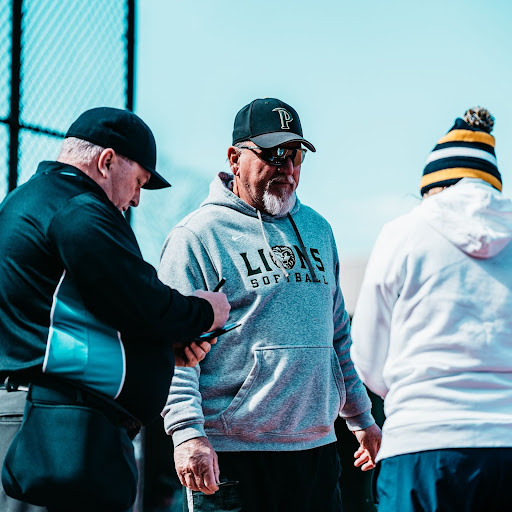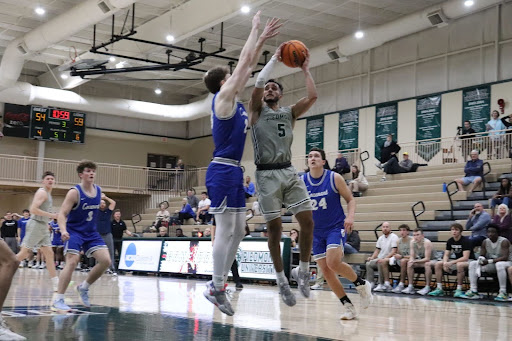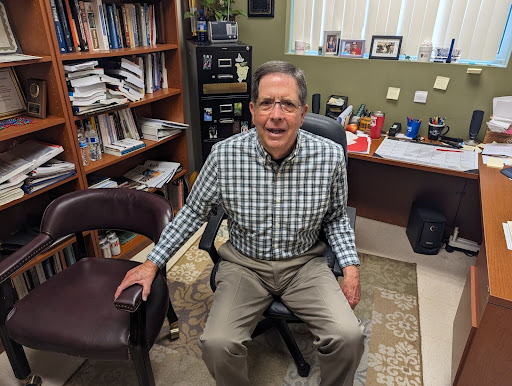By ERIN GATHERCOAL
Features Editor
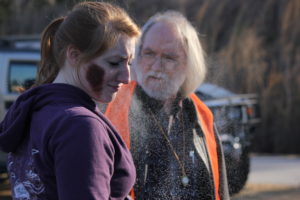
Theatre majors marched into Swanson Center at 7 a.m. on March 13, armed with coffee, latex and makeup sponges. The previous two days of preparations for the nursing department’s annual disaster drill led up to the three hours the theatre majors had to turn 77 nursing students into explosion victims.
“We had a small crew to work on almost 80 people, but the crew was so efficient, we got done with time to spare,” said sophomore theatre major Kiki Thompson, who did makeup for the disaster drill this year and last year.
The theatre department was told about the disaster drill a week in advance in order for makeup and other arrangements to be made. Injuries included burns, glass and metal shrapnel, disembowelment and missing limbs, as well as basic cuts and bruises.
Doing makeup for the disaster drill is completely volunteer-based. Many of the makeup artists have taken Associate Professor of Theatre Henry Johnson’s THE 265 course, “Makeup Design.” Those who hadn’t taken the class were given a crash course in basic burns, cuts and bruises, led by junior theatre major Chase Weaver, who plans to pursue stage makeup after graduation.
“Although we had more injuries to build this year,” said Weaver, “we were able to ‘bloody up’ everybody more efficiently than last year. This allowed us time to try some new things like an alternate approach to the evisceration [disembowelment] victim and more extensive paint jobs on the shrapnel wounds.”
Fake shrapnel can be made in two ways. The first method is to coat pieces of tin foil with latex and then attach the resulting appliance to the skin with more latex and spirit gum, a prosthetic adhesive.The second method of creating shrapnel is to use silicone glass, also known as glass rubber, and apply latex, like with the tin foil.
This year, the disaster was a chemical lab explosion, and with this came the task of simulating chemical burns. This was done by throwing flour and other powders on the “victims” and spraying them with vinegar to simulate the strong chemical smell.
When the drill was about 15 minutes from beginning, the “victims” got into place and the makeup artists ran around with several bottles of fake blood. Fake blood can be easily made from Karo corn syrup, chocolate syrup, and red food coloring. The blood was applied to cuts, scrapes, shrapnel wounds and some simple wounds like bloody noses and cut lips. More blood was required for the critical injuries like the disemboweled victim and the victim with a wooden stake through his chest.
The goal of the disaster drill is to provide the senior nursing students with a disaster as real as possible in order to prepare them for the real world post graduation. This involved not only creating realistic injuries on the victims, but making the “set” look real.
The disaster drill always takes place in the Arrendale Amphitheater parking lot, because there is plenty of open space for the accident scene, and it provides enough room for response teams from the Habersham Police and Fire Departments. Chairs and tables were tipped over, and shattered “glass” made from dissolved sugar and corn syrup was scattered across the parking lot. Sugar glass is often used in theatre and film for stunts involving broken glass. It is much less likely to injure someone and breaks just like regular glass.
Other touches in the parking lot included sparking boxes and fog machines next to air tanks. These details provided a more realistic environment for the nursing students, because in an actual emergency, they will have to take the area into consideration as to what dangers it make pose.
Johnson and Assistant Professor of Theatre John Spiegel were in charge of the pyrotechnics for the drill. Spiegel was able to cause the fog machines to shoot out various colored smokes from the sidelines with a small remote. The fog was completely safe and non-asthmatic, Spiegel explained to several coughing students, and that their coughing was simply psychosomatic.
Johnson added several small explosions to the mix, including one using the same techniques used in “Star Wars: A New Hope” to blow up the Death Star, which Johnson announced to the group ahead of time so the “victims” could stay a safe distance away.
The behind-the-scenes people of the disaster drill ruled the drill as a success on their part. Over the years, the disaster drill has come to be a highly anticipated event, both in the nursing department and in the theatre department. Piedmont is one of the few schools in Georgia that offers this kind of training to its nursing students.
The disaster drill is one of the rare occasions that the nursing department and the theatre department merge together, and the result is always a one of a kind experience.

